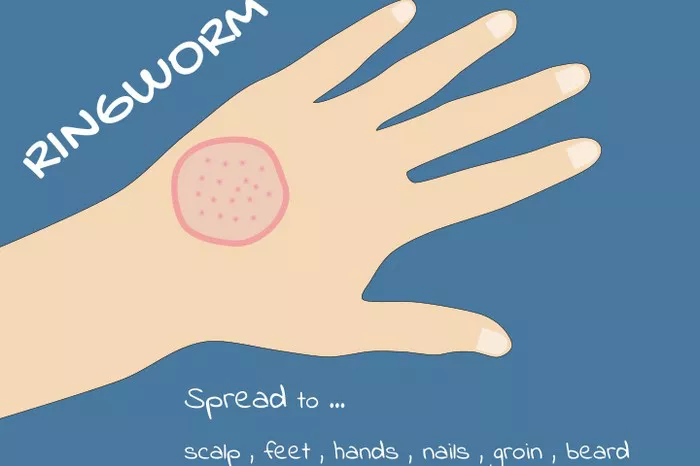Vitiligo, a condition characterized by the loss of skin pigment resulting in irregular white patches, has long been a subject of fascination and inquiry within the medical community. While its exact cause remains elusive, researchers have made significant strides in understanding its underlying mechanisms, including its potential genetic basis. In this article, we delve into the intricate relationship between vitiligo and genetics, exploring the evidence supporting the notion that vitiligo may indeed be influenced by genetic factors.
Understanding Vitiligo: A Complex Dermatological Condition
Before delving into the genetic aspects of vitiligo, it is essential to grasp the fundamentals of this enigmatic dermatological condition. Vitiligo manifests as depigmented patches on the skin, resulting from the destruction of melanocytes, the cells responsible for producing melanin, the pigment that gives skin its color. These patches can vary in size and distribution, affecting any part of the body, and often progress over time.
The exact mechanisms underlying the development of vitiligo are multifaceted and not yet fully understood. While several theories have been proposed, including autoimmune, neural, and oxidative stress hypotheses, none provide a comprehensive explanation for the condition’s onset and progression. Nonetheless, accumulating evidence suggests that genetic factors play a significant role in predisposing individuals to vitiligo.
Genetic Predisposition: Unraveling the Role of DNA
The notion that genetics may contribute to the development of vitiligo is supported by various lines of evidence, including familial clustering, twin studies, and genome-wide association studies (GWAS). Familial aggregation refers to the observation that vitiligo often occurs more frequently within families than would be expected by chance alone. Multiple studies have reported an increased prevalence of vitiligo among first-degree relatives of affected individuals, suggesting a hereditary component to the condition.
Twin studies have further elucidated the role of genetics in vitiligo susceptibility. These studies, which compare the occurrence of vitiligo among monozygotic (identical) twins, who share 100% of their genetic makeup, and dizygotic (fraternal) twins, who share approximately 50% of their genetic material, have consistently shown a higher concordance rate for vitiligo among monozygotic twins compared to dizygotic twins. This finding provides compelling evidence for a genetic predisposition to vitiligo.
Recent advancements in genomic research have shed further light on the genetic basis of vitiligo. GWAS, which scan the entire genome for genetic variants associated with a particular disease or trait, have identified numerous susceptibility loci implicated in vitiligo pathogenesis. These loci often contain genes involved in immune regulation, melanocyte function, and cellular stress responses, providing insights into the biological pathways underlying the condition.
The Genetics of Vitiligo: Complex Patterns and Polygenic Inheritance
While the evidence supporting a genetic basis for vitiligo is compelling, the inheritance pattern of the condition appears to be complex and multifactorial. Unlike Mendelian disorders, which follow predictable patterns of inheritance governed by a single gene, vitiligo demonstrates polygenic inheritance, meaning that multiple genes contribute to disease susceptibility, each exerting a modest effect.
Furthermore, the inheritance of vitiligo does not adhere strictly to Mendelian principles of dominance and recessiveness. Instead, it exhibits variable penetrance and expressivity, meaning that individuals carrying the same genetic variants may manifest the condition with varying degrees of severity or may not develop it at all. Environmental factors, such as ultraviolet (UV) radiation exposure, stress, and certain medications, likely interact with genetic predisposition to trigger the onset or exacerbation of vitiligo.
Implications for Diagnosis and Treatment
The recognition of the genetic underpinnings of vitiligo has significant implications for its diagnosis, prognosis, and treatment. Genetic markers associated with vitiligo susceptibility may serve as valuable diagnostic and prognostic tools, enabling healthcare providers to identify individuals at increased risk of developing the condition or experiencing disease progression.
Moreover, a deeper understanding of the genetic mechanisms driving vitiligo may pave the way for the development of targeted therapies aimed at modulating specific molecular pathways implicated in the disease process. Emerging treatments, such as JAK inhibitors and immune-modulating biologics, hold promise for more effective management of vitiligo by addressing the underlying immunological dysregulation thought to contribute to melanocyte destruction.
Conclusion
In conclusion, while the precise etiology of vitiligo remains incompletely understood, accumulating evidence suggests a significant genetic component to the condition. Familial aggregation, twin studies, and genome-wide association studies collectively support the notion that genetic factors contribute to vitiligo susceptibility, with multiple genes acting in concert to confer risk. Further research aimed at elucidating the complex interplay between genetic predisposition and environmental triggers holds promise for advancing our understanding of vitiligo pathogenesis and improving clinical outcomes for affected individuals.
Related Topics:

























